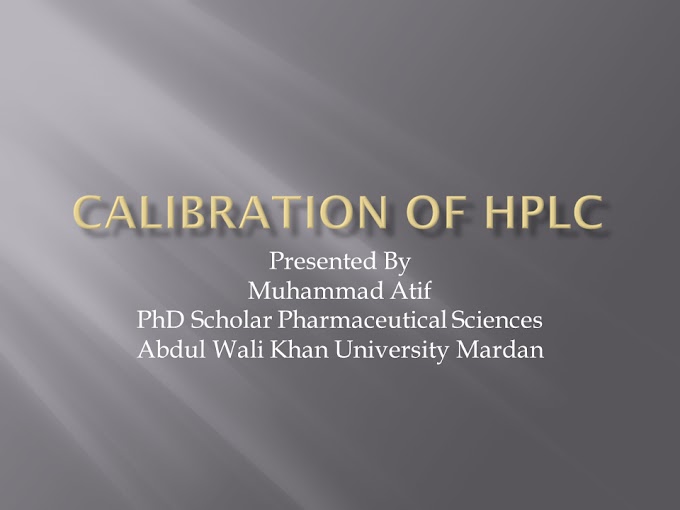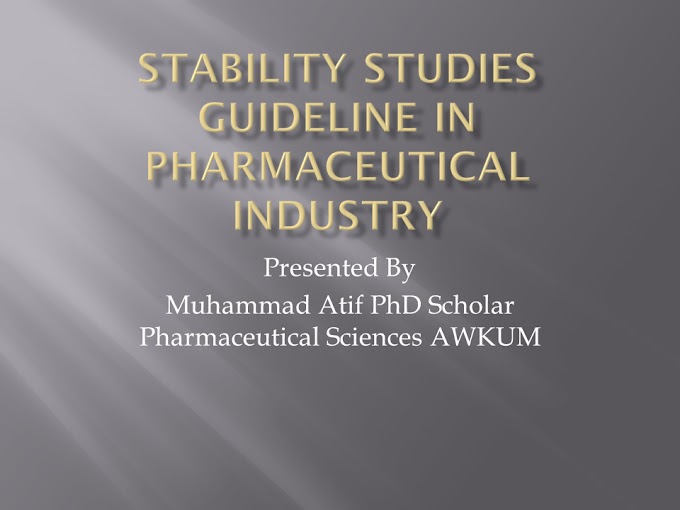Penicillin:
Penicillins are a group
of antibacterial drugs that attack a wide range of bacteria. They were the
first drugs of this type that doctors used. The discovery and manufacture of
penicillins have changed the face of medicine, as these drugs have saved millions
of lives.
Penicillium fungi
are the source of penicillin, which people can take orally or via injection.
People across the globe now widely use penicillins to treat
infections and diseases.
Fast facts on penicillin
- Penicillins were
the first antibiotic that doctors used.
- There are
several antibiotics in the penicillin class.
- Experts credit
Alexander Fleming with discovering penicillins.
- Penicillin works
by interfering with bacteria cell walls.
- Less than 1
percent of people are dangerously allergic to penicillin.
Function
Drugs in the penicillin class
work by indirectly bursting bacterial cell walls. They do this by acting
directly on peptidoglycans, which play an essential structural role in
bacterial cells.
Peptidoglycans create a mesh-like structure around the plasma
membrane of bacterial cells, which increases the strength of the cell walls and
prevents external fluids and particles from entering the cell.
When a bacterium multiplies, small holes open up in its cell
walls as the cells divide. Newly-produced peptidoglycans then fill these holes
to reconstruct the walls.
Penicillins block the protein struts that
link the peptidoglycans together. This prevents the bacterium from closing the
holes in its cell walls.
As the water concentration of the surrounding fluid is higher
than that inside the bacterium, water rushes through the holes into the cell
and the bacterium bursts.
History
People generally attribute the discovery of penicillins to
Alexander Fleming. The story goes that he returned to his laboratory one day in
September 1928 to find a Petri dish containing Staphylococcus bacteria
with its lid no longer in place.
The dish had become contaminated with a blue-green mold called Penicillium notatum.
Fleming noted that there was a clear ring surrounding the mold where the bacteria
had been unable to grow.
By discovering this mold and recognizing its use, Fleming set
the wheels in motion to create one of the most useful drugs in medical history.
In March 1942, Anne Miller became the first civilian to receive
successful treatment with penicillin. She narrowly avoided death following
severe infection after a miscarriage.
Although Fleming technically discovered the first antibiotic,
scientists had to do a lot of work before penicillins could become available
for general use.
Scientists with a superior laboratory and a deeper understanding
of chemistry than Fleming carried out the bulk of the work. Howard Florey,
Norman Heatley, and Ernst Chain performed the first in-depth and focused
studies on the drug.
In Fleming’s Nobel Prize acceptance speech, he warned that the
overuse of penicillins might, one day, lead to bacterial
resistance. This has since become a problem.
Resistance
Contrary to popular opinion, it is not the person who develops
resistance to penicillins but the bacteria itself.
Bacteria have been around for billions of years. During this
time, they have endured extreme environments and, as a result, are highly
adaptable. They also regenerate very rapidly, making relatively quick genetic
changes possible across a population.
There are three common ways in which bacteria can develop an
immunity to penicillin:
- Penicillinase:
Bacteria are sometimes able to produce penicillinase, an enzyme that
degrades penicillins. This ability can spread throughout the bacterial
population via a small ring of DNA in a process called conjugation. This is
the bacterial equivalent of sexual reproduction, where individual
organisms share new genetic information between them.
- Altered
bacterial structure: Some bacteria can subtly change the format of the
penicillin-binding proteins in their peptidoglycan wall so that
penicillins can no longer bind to it.
- Penicillin
removal: Other bacteria develop systems to export penicillins. Bacteria
have efflux pumps that they use to release substances from the cell. The
repurposing of some of these pumps can allow the cell to dispose of
penicillins.
Side effects
The most commmon side effects
of taking penicillins include:
- diarrhea
- nausea
- a headache
- skin rashes and hives
Less common side effects include:
- shortness of
breath or irregular breathing
- joint pain
- sudden
lightheadedness and fainting
- puffiness and
redness of the face
- scaly, red skin
- vaginal itching
and discharge, due to either a yeast infection or bacterial vaginosis
- sore mouth and
tongue, sometimes with white patches
- abdominal
cramps, spasms, tenderness, or pain
Rare side effects include:
- anxiety, fear,
or confusion
- a sense of
impending doom
- hallucinations
- yellowing of the
eyes and skin
- a sore
throat
- unusual bleeding
- diarrhea and
reduced urination
- convulsions
Risks
Although the use of penicillins is widespread, some issues or
contraindications can occur, as with any drug:
- Breast-feeding: People who
are breast-feeding may pass small amounts of penicillin to the child. This
can result in the child experiencing allergic reactions, diarrhea, fungal
infections, and skin rash.
- Interactions: Some other
drugs can interact with penicillins. Checking with a doctor before taking
multiple medications is vital.
- Bleeding
problems: Some
penicillins, such as carbenicillin, piperacillin, and ticarcillin, can
make pre-existing bleeding problems worse.
- Oral
contraceptives: Penicillins can interfere with birth
control pills, increasing the risk of unwanted pregnancy.
- Cystic fibrosis: People
with cystic fibrosis are more prone to fever and skin
rashes when taking piperacillin.
- Kidney disease: Individuals
with kidney disease have an increased risk of side effects.
- Methotrexate: Methotrexate
disrupts cell growth and can treat several conditions, including leukemia and
some autoimmune diseases. Penicillins prevent the body from disposing of
this drug, potentially leading to severe complications.
- Phenylketonuria: Some
stronger, chewable amoxicillin tablets contain high levels of aspartame
that the body converts to phenylalanine. This is dangerous for anyone with
phenylketonuria.
- Gastrointestinal
problems: Patients
with a history of stomach ulcers or other intestinal diseases might be
more likely to develop colitis when taking penicillins.
Penicillin allergy
Some people have an allergy to penicillins.
Allergic reactions to penicillin typically lead to hives,
wheezing, and swelling, particularly of the face.
Around 10 percent of people report an
allergy to penicillins but the real figure is closer to 1 percent, and only
around
Alcohol and penicillin
Certain antibiotics, such as metronidazole and tinidazole, have
severe reactions with alcohol. However, this is not the case with penicillins.
Takeaway
Penicillins have saved countless lives throughout their history
of use in medicine. However, doctors are now worried about the increase in
antibiotic resistance. Only time will tell how the antibiotics of the future
will overcome this hurdle.






0 Comments